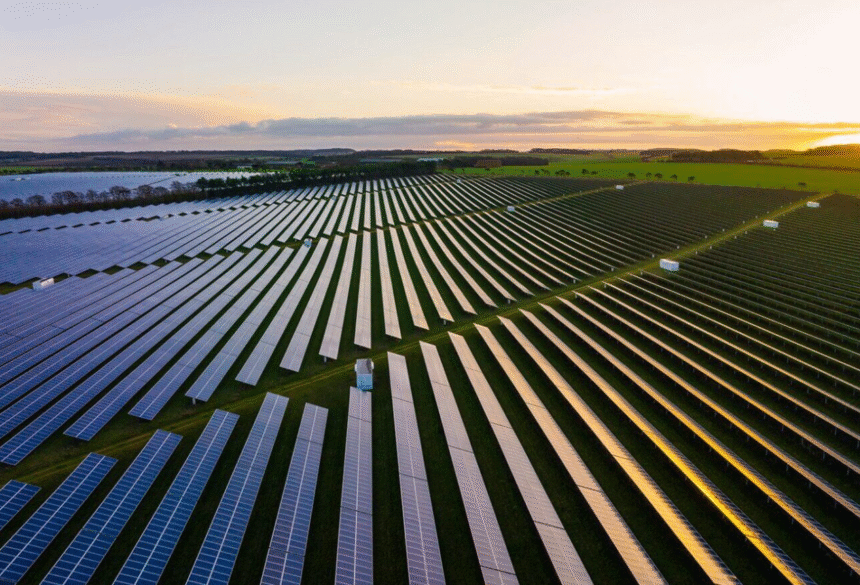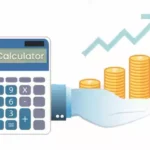The production of clean energy is getting serious attention in the U.S. as the country looks forward to achieving its sustainability goals. Be it solar panels or EV batteries, there is a huge demand for the innovative production of clean energy components domestically. However, sometimes just innovation isn’t enough. Smart financial support from the government can really work.
It is here where the Section 45X tax credit comes into the picture. It is a tax incentive that is gaining popularity rapidly in the clean tech industry as it encourages clean energy producers to grow faster and invest confidently. If you want to know how the 45X credit works, read this post. Find out how it’s a game-changer for clean energy manufacturers in the U.S.
Idea Behind Section 45X Tax Credit: How It Works
The Advanced Manufacturing Production Tax Credit, i.e., AMPTC, comes under Section 45X of the Internal Revenue Code. It is a tax incentive created by the Inflation Reduction Act. It offers the U.S. clean energy producers per-unit tax credits for manufacturing eligible components. Also, the Section 45X tax credit is automatically claimed via tax filings after reaching production requirements. No application is required.
The manufacturers receive a fixed dollar amount for each eligible component produced in the U.S. The AMPTC is assessed based on the volume of eligible components produced.
For example, a U.S. company manufactures eligible solar modules for a $0.07 credit per watt. If the company sells solar modules of 10 million watts, it will amount to a tax credit of $700,000. Section 45X credit is expected to run through at least 2032, providing financial predictability and encouraging more long-term investments.
Eligible Components that Qualify for Section 45X Tax Credit
If you are a U.S.-based clean energy producer, know which components qualify for the Section 45X credit:
- Solar energy components, including photovoltaic wafers, solar modules, polymeric backsheets, and more.
- Battery components, including electrode active materials, battery modules and cells.
- Inverters, including commercial and residential inverters, central inverters, distributed wind inverters, etc.
- Wind energy components. It can include offshore wind vessels, blades, etc.
- U.S. facilities that are recycling or refining critical minerals are also eligible for the Section 45X tax credit. The minerals include aluminum, manganese, titanium, and more.
Benefits of Section 45X for U.S.A.’s Clean Energy Producers
If you are a U.S.-based clean energy manufacturer, understand what benefits Section 45X has in store for you:
● Direct Production-based Credit
The U.S. clean energy producers can benefit significantly from Section 45X’s per-unit tax credit policy. It means you earn a credit for each unit of an eligible component manufactured. Thus, the more clean components you manufacture in the U.S., the more credits you earn.
Such a production-based approach helps in increasing profit margins without any requirement for the installation of new infrastructure–just keep producing additional eligible components.
● Factory Expansion
As the Section 45X tax credit is linked directly to domestic production, it is encouraging more manufacturers to enhance their output. Thus, many clean energy producers are planning to expand their existing factories.
Many are looking forward to installing new U.S. facilities to drive up production. It will help them achieve higher output, and that will trickle down to more credits and reduced tax liabilities.
● Monetization with Direct Pay
Tax credits are usually claimed against tax liability on profits, but what if a producer’s venture isn’t profitable in a particular year? It is here that direct pay helps. Eligible clean energy producers can elect the direct pay option, which transforms their tax credit into a cash refund.
Thus, manufacturers receive the full amount even when they do not owe federal taxes. Now, that is really useful for early-stage innovators who require more liquidity in their operations.
● Enhances Investor Appeal
The Section 45X tax credit is production-linked. Thus, it guarantees regular income up to a certain production level, especially if the manufacturer has chosen direct pay. It makes the project more attractive and feasible for investors as they have better earnings visibility, and such projects have lower financial risks.
It increases the valuation potential of the clean energy venture. It can unlock optimum funding opportunities, assisting producers to grow faster.
● Reduced Offshore Dependency
The Section 45X tax credit encourages domestic production of clean energy components. It brings supply chains back to the country, reducing dependence on offshore components and imports.
The section also gives renewable developers in the U.S.A. a financially strong reason to localize production. It improves logistical control and allows companies to market their products as fully ‘made in America.’
● Competitive Advantage
The Section 45X tax credit is helping clean energy producers reduce their production costs. It gives them the power to sell their products, like eligible solar panels, batteries, etc., at competitive prices, both domestically and internationally.
Now, that plays a major role in bagging large-scale contracts. It also enhances the chance of entering into new markets, leading to the expansion of businesses.
● Encourages Long-term Business Planning
As said earlier, the Section 45X tax credit can run through at least 2032. As it is linked to production, it gives the clean energy producers a sense of revenue predictability. Thus, they can undertake more long-term contracts confidently without having to fear sudden policy changes.
They can also project revenue more accurately. It attracts more investors and funding opportunities. Section 45X credit allows room for curating sustainable growth strategies.
Conclusion
Section 45X tax credit offers a significant tax relief to clean energy producers in the U.S.A., who manufacture eligible products domestically. It is a smart government-backed tax incentive that promotes sustainable production in the home country. Thus, it reduces dependency on offshore components and fossil fuels.
Also, the 45X credit is making the U.S. clean energy market more feasible and attractive for investors, and there is something for everyone. So, if you are a clean energy manufacturer in the U.S. or are looking forward to being one, understand how Section 45X works so that you can make the most out of it.















